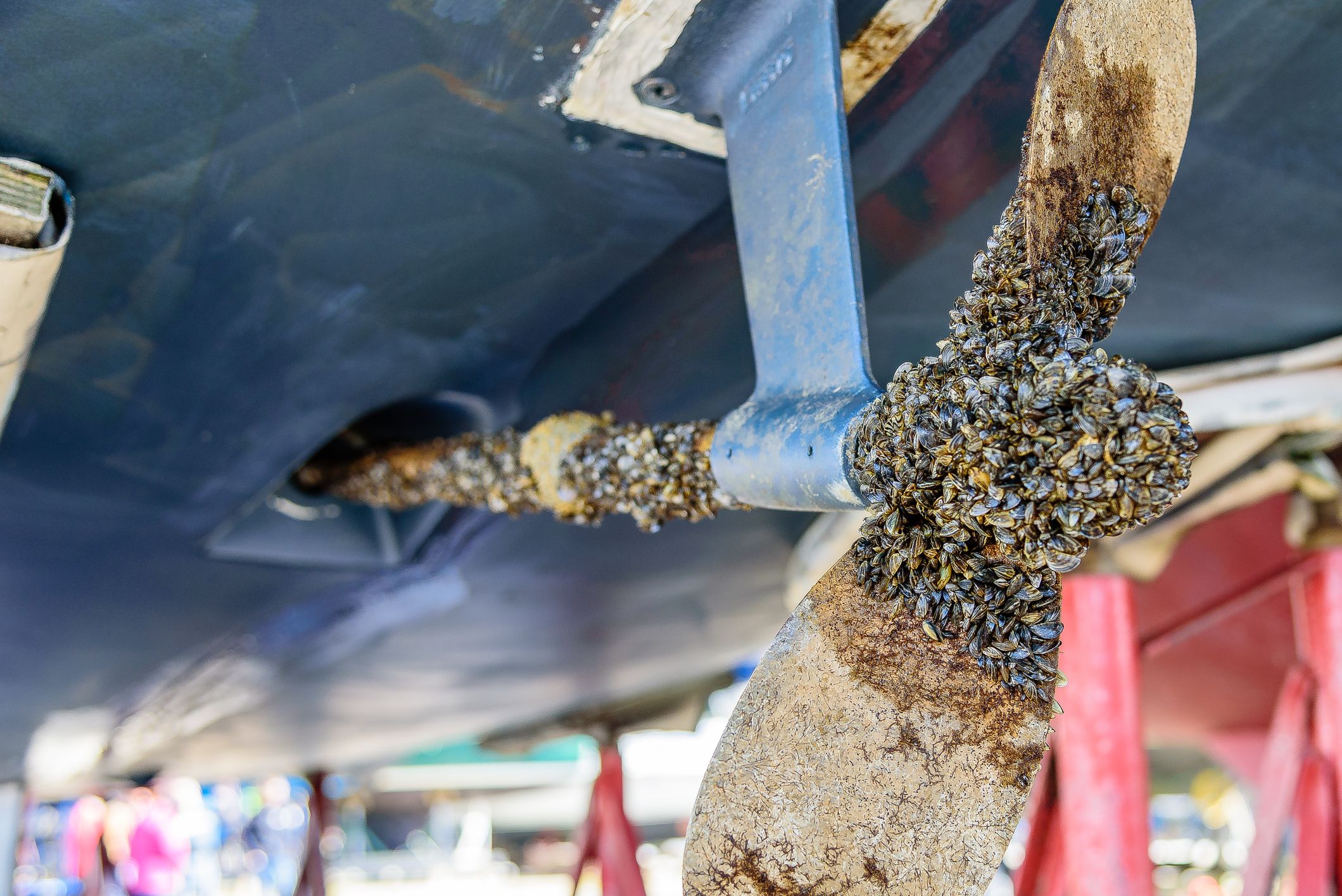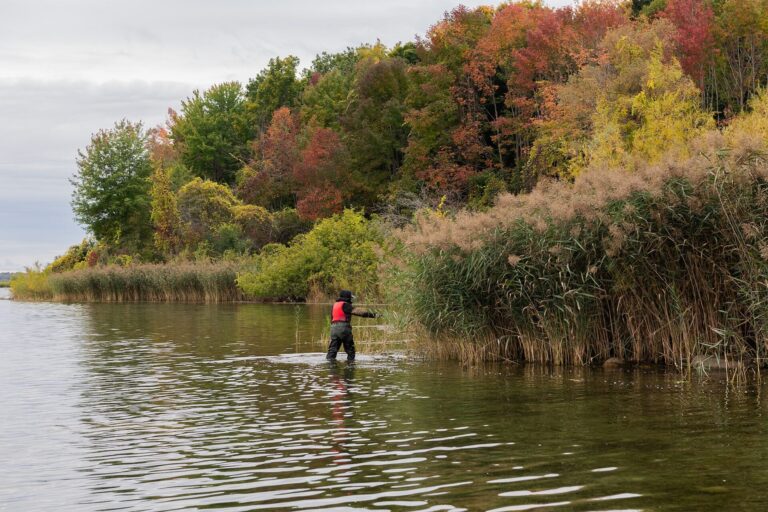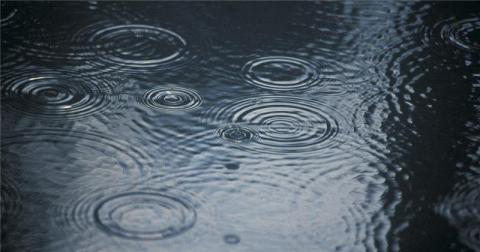The Government of Saskatchewan concluded its invasive mussel monitoring program for 2017 with no confirmed findings of invasive mussels in 90 waterbodies sampled throughout the province.
“Prevention is of the utmost importance,” Environment Minister Dustin Duncan said. “Our government focuses on public awareness through education and targeted signage about our Clean, Drain, Dry program, roadside boat inspections, decontaminations, and regular monitoring of Saskatchewan’s busy waterbodies.”
This year, conservation officers completed 1,212 watercraft inspections and provided invasive species information to 872 watercraft owners who entered Saskatchewan from the United States. Of those 2,084 watercraft, 307 received a detailed inspection and 119 required decontamination.
With help from SaskPower and Saskatchewan Association of Watershed groups across the province, monitoring also occurred in the following ways:
- the University of Saskatchewan used environmental DNA as a surveillance tool to sample waters for invasive zebra mussels, with 33 waters sampled in 2017;
- ferries on the North and South Saskatchewan Rivers were checked for invasive mussels; and
- the Ministry of Agriculture, Ministry of Parks, Culture and Sport, SaskWater, watershed groups, and the public used the Saskatchewan Adult Invasive Mussel Monitoring Program (AIMM).
AIMM is a partnership project with non-government organizations and other agencies to detect unwanted aquatic invasive mussels. AIMM is an easy-to-use and cost-effective monitoring program that provides a valuable tool for widespread early detection across many local waters in the province.
“Aquatic invasive species such as zebra and quagga mussels pose a serious threat to lakes and waterways in western Canada,” said Duncan. “They are small but destructive mussels and they are already in Ontario, Manitoba, Quebec, and 34 states, including Minnesota, Montana, and North Dakota.”
Species such as zebra and quagga mussels can be impossible to eliminate if they become established in a waterbody, and have the potential to severely impact aquatic habitats, fisheries, valuable recreational resources, and water-related infrastructure.
Saskatchewan partners with provincial organizations, Canada Border Security Agency, and other provincial governments in British Columbia, Alberta, Manitoba, and the Yukon to co-ordinate prevention on a regional basis.
Amendments to provincial regulations have made it mandatory for individuals transporting boats to stop at an inspection station and submit to inspection. Failure to do so may result in a $500 fine. Illegal transport of aquatic invasive species is also a $500 fine.
More information about fishing and aquatic invasive species can be found in the Saskatchewan Anglers’ Guide and at www.saskatchewan.ca/fishing.









